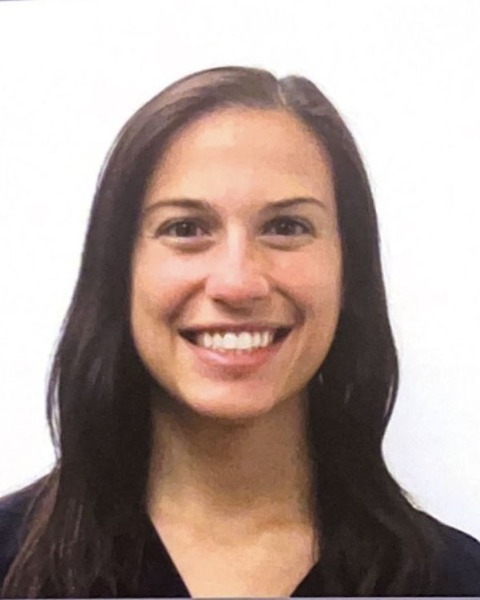Poster Session 3
(807) Improving Understanding of Macrosomia With Graphics-Based Educational Tool: A Randomized Clinical Trial (MATE)

Kristen A. Cagino, MD
Maternal Fetal Medicine Fellow
UT Houston
Houston, Texas, United States- MK
Myra Kurjee, BS
Medical Student
UT Houston
Houston, Texas, United States - EH
Emily Hyde, BS
Medical Student
UT Houston
Houston, Texas, United States - HC
Han-Yang M. Chen, PhD
Associate Professor
McGovern Medical School at UTHealth Houston
Houston, Texas, United States - HM
Hector M. Mendez-Figueroa, MD
Associate Professor
McGovern Medical School at UTHealth
Houston, Texas, United States 
Suneet P. Chauhan, MD
Director of MFM Research
Delaware Center of Maternal-Fetal Medicine at Christiana Care
Delaware, Delaware, United States
Submitting Author and Presenting Author(s)
Coauthor(s)
Our pilot study noted that in our population, understanding of risk factors/complications (RF/C) and management options (MO) for macrosomia (birthweight > 4,000 g) was poor. We hypothesized that a graphics-based education tool (GBET) would improve knowledge about macrosomia.
Study Design:
Inclusion criteria for our randomized clinical trial (NCTO6281301) comprised of individuals at 18-55 years, with singleton pregnancy delivering at > 36 weeks. After consent, participants were randomized to either routine care or GBET (Fig 1). To assess the knowledge about macrosomia, a questionnaire consisting of 17 questions relating to the RF/C and MO of suspected macrosomic fetuses was administered to eligible candidates. The primary outcome was the overall score on the questionnaire. Secondary outcomes were individual scores on the RF/C (n=11) and MO (n=6). We estimated a priori that 100 participants in each group would provide 90% power to detect a 10% difference in the mean macrosomia questionnaire score (baseline score 56% + SD of 12, alpha=0.05). Descriptive statistics were used for baseline characteristics. Chi-squared test was used to compare categorical variables and Student’s t-test for continuous variables.
Results:
During the study period from Jan to July 2023, 230 eligible individuals were approached and 200 (87%) agreed to participate; of them, 103 received the GBET. Baseline demographics were similar. The majority (42%) of respondents self-identified as Black, 60% were employed, 56% had some level of college education, and 30% lived below the poverty line. There were 41% nulliparous, 67% with a BMI > 30 kg/m2 and 16% with diabetes. The primary outcome was significantly higher in those who received the GBET (70% versus 63%, p < 0.01). The RF/C score was also higher in the GBET group (71% versus 63%, p = 0.01); however, the MO score was similar between the groups (64% versus 67%, p=0.12).
Conclusion:
In our population, a graphics-based education tool improved patient knowledge on the risk factors / complications for macrosomia, but not their management options.

